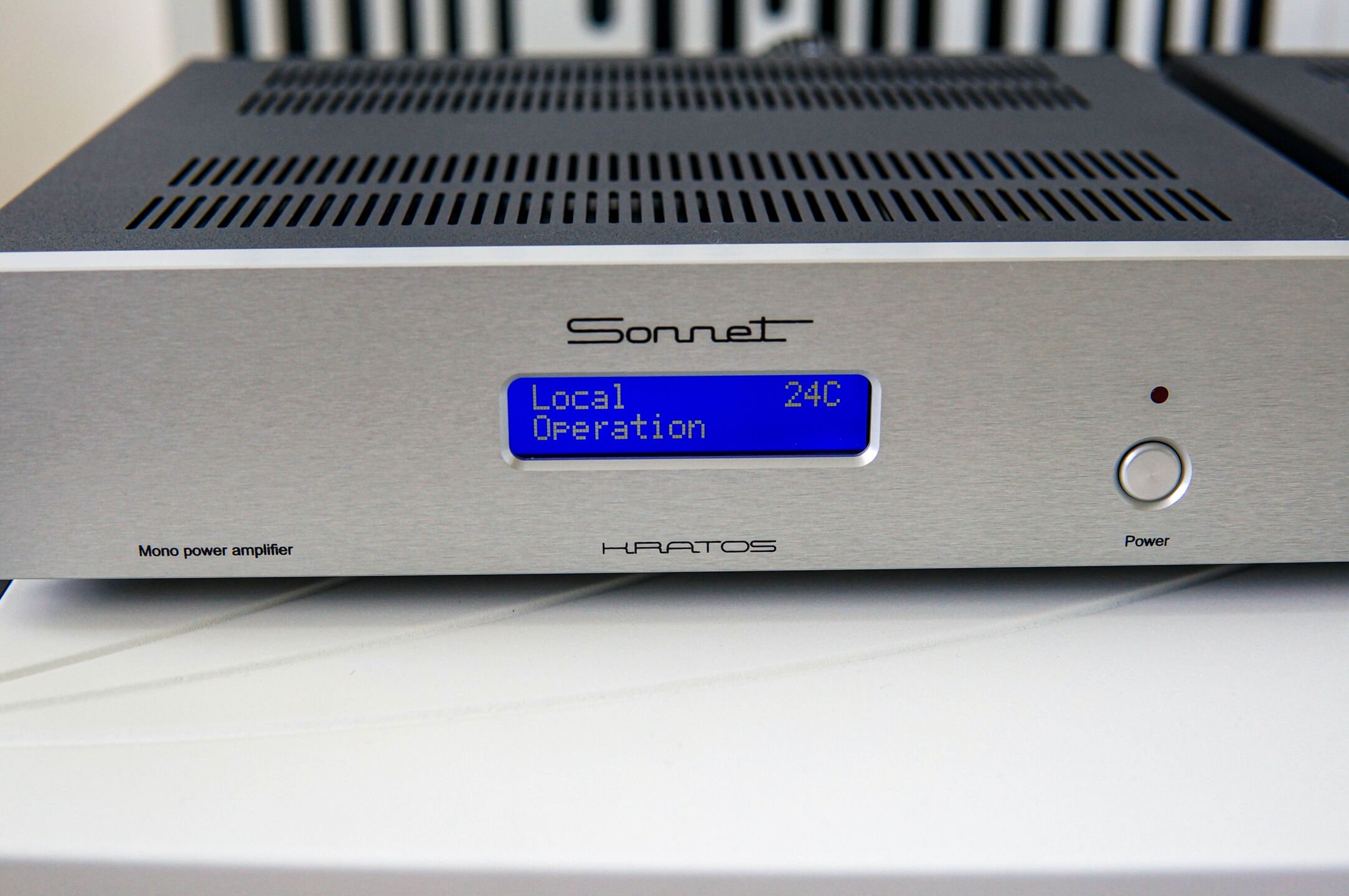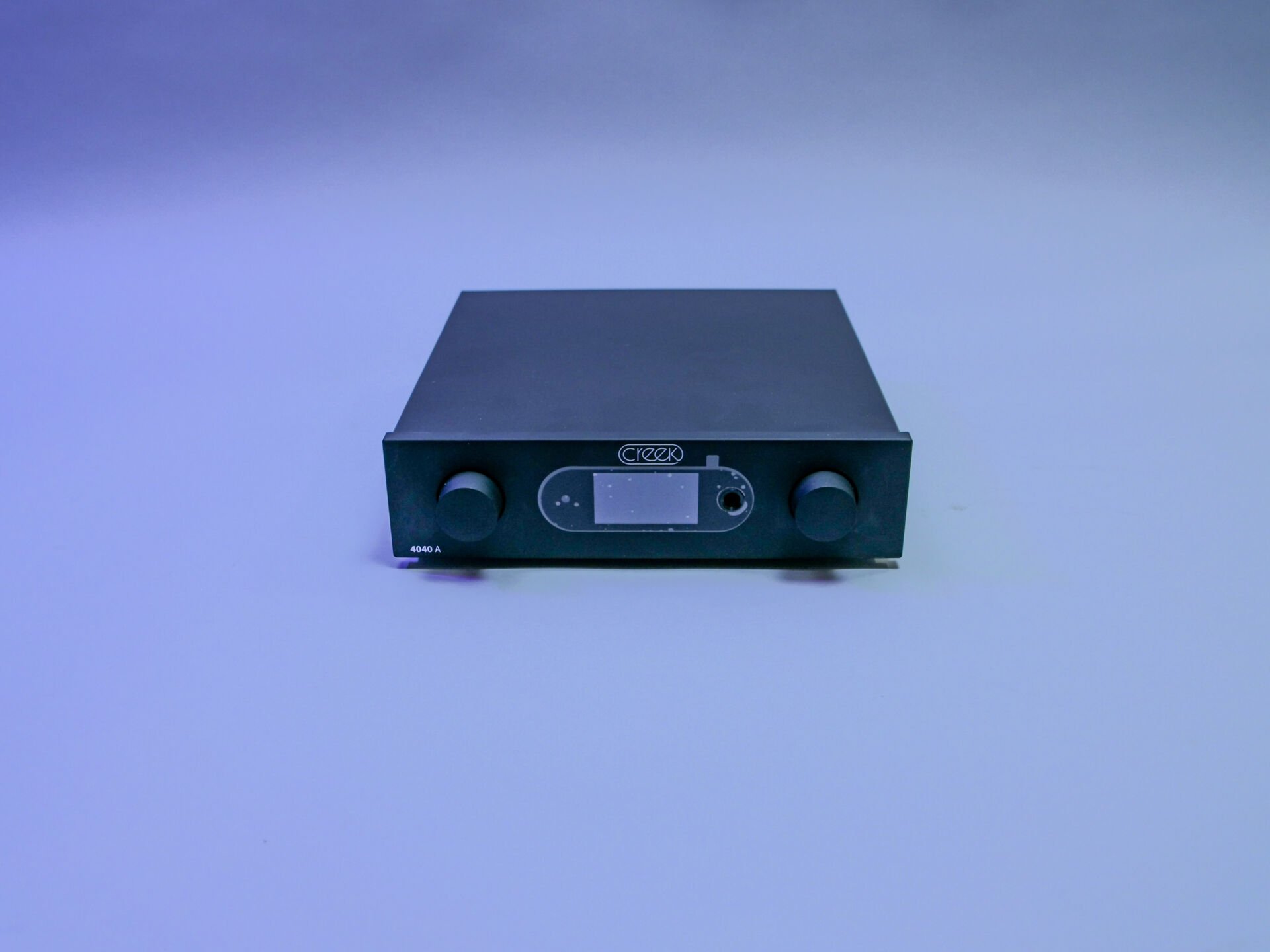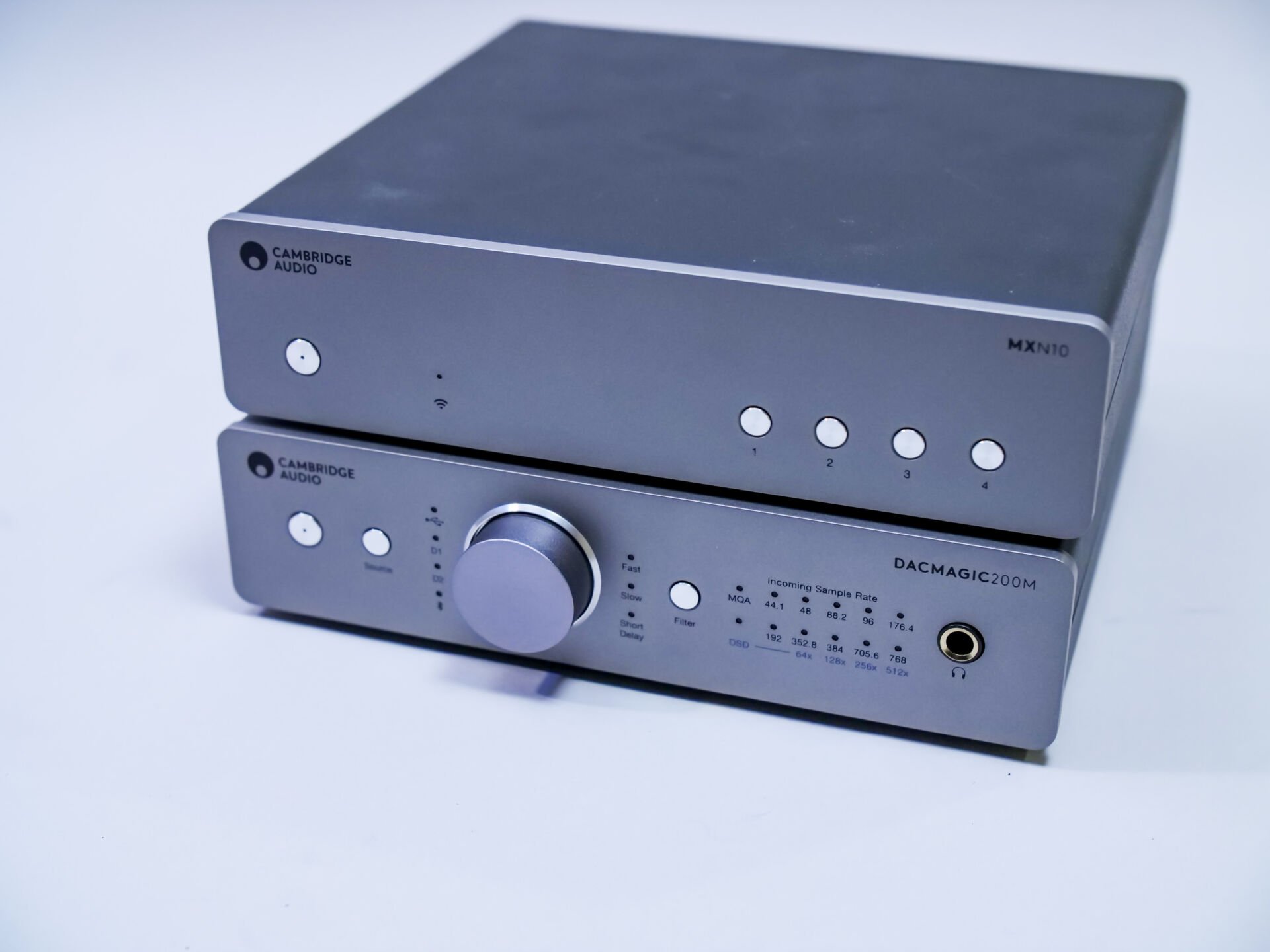

Intro
Contents
Daniel Weiss is a well known name in the studio world. With its beautiful AD converters – for Sony and others – for studio use, Weiss has acquired a strong position in the years that digital audio just emerged in the studio world. Many more converters were added later on. Think of the DAC2, DAC202… But even better known are the filters, such as the de-esser. We are testing a product where everything comes together: a dac, various filters, a streamer and even a headphone amplifier. Meet the Weiss DAC501
If you say the Weiss DAC501 is a d/a converter, you are short selling this device. It’s much more than that. It’s a streamer – UPnP and ROON – headphone amplifier, preamplifier and dac. As a bonus, it can do all kinds of tricks. Think of a vinyl emulation. Or de-essing. And there is even a – relatively basic – equalizer to tame room-modes a bit. In short: it’s a bizarrely versatile device. In fact, you can connect the Weiss DAC501 to a few active monitors and you’re done. And you’re done at a very high level.
Precision
As we’re used to from Weiss, the finish is sublime. The DAC2 may be old – and in terms of design somewhat outdated – the fit and finish is sublime. The DAC501 goes a (big) step further. The display is not only in colour; it is also touch sensitive. And it fits seamlessly into the front. The volume button is free of play, the seams of the hood are almost invisible… …it’s – in short – Swiss made.
And the same goes for the inside. TIght layout, top-notch components… The base – the power supply – consists of two AMGIS transformers. Digitally and analogue separated. For all DSP functions an Analog Devices ADSP-21488 DSP chip has been chosen. That’s a big boy, as you can see on the picture.
For Ethernet and display control, an AM3352-series processor has been added (on a kind of subsidiary board). Behind that board we see two clocks: 44.1 and 48 kHz samplerates (and multiples thereof) are regulated separately, as it should be.
The dac section is in a separate, shielded section. When we open it, we see two ESS 9018K2M dac-chips. Dual mono. Analog out is done via both single ended and balanced outputs. The dac-board is just like the rest, very tightly designed. Completely symmetrical. Anyway, that’s the way it is supposed to be for 8000 euros.
The controls
There are four ways to operate the Weiss. Yes, four… Let’s start with the most logical. The device. In fact, you can control everything there. The screen is touch-sensitive, so you can tap through the device pretty quickly. With the volume knob – which is turn/push operated – you can go up and down through the functions. Turning it feels crazy: wrong way around. That took some getting used to for us.
You can also use the remote control to simply operate most of the functions. Then there is another possibility to stream via Roon and adjust the volume. Finally, there is the web interface. If you enter the ip address of the Weiss DAC501 – to be found in your router, or in the setup of the Weiss – you can use the web interface to control the device. That’s very convenient. It’s even possible to pause, play and skip tracks that play via Roon and UPnP.
In short: plenty of possibilities!















Hello Jaap
Thank you very much for the nice review!
I would like to give some more information on the filters we added (and keep adding) to the unit. I.e. the DSP algorithms. The idea behind those algorithms is to encourage the users to optimize his/her system (including the listening room) for better performance or to change the sonics for particular tracks for a nicer reproduction.
I know, in earlier times the audiophiles had the philosophy to not change anything with the recordings. Not even a simple tone control was allowed. In my opinion this is not the right approach. One never will get the same reproduction the sound engineer in the studio had when producing the tracks. All systems at homes will change the sound and thus the user is well advised to optimize the playback for his/her system at hand. This is what we try to achieve with the DSP algorithms – to give the user some tools to enhance the acoustics, the tracks, the experience when listening.
So I think the algorithms are a valuable addition.
Regarding digital level control – I did a white paper some time ago. It includes tracks to demo certain effects happening with quantization:
https://www.weiss.ch/assets/content/41/white-paper-on-digital-level-control.pdf
Best Regards, Daniel
Hi Daniel,
Thank you for your reply and sharing your vision upon my comment about the filters. It is always good to have a choice. I am curious what new filters will be added.
It’s an interesting piece about volume control. I have seen many versions of digital control. Some upsample to 32 bit / *** kHz, others use a hybrid-version, and some just ‘cut off’ bits. How does the 501 approach it?
Regarding volume control in the DAC501 we use standard dithering, not noise shaped. With a 24 bit wordlength after requantization there isn’t anything to be gained with noiseshaping dither because the dither noise is extremely low in amplitude. The 8 Bit examples in my white paper on the other hand can be enhanced a lot by shaping the dither noise.
As for the filters here is a list:
Currently implemented: Room EQ, Creative EQ, Vinyl Simulation, Crosstalk Cancelling, Dynamics Reduction, De-Essing.
Soon to be released: Crossfeed (for headphones), Loudness EQ.
Planned: Simple tone control, headphone sepcific EQ, …
Hello Jaap
Thank you very much for the nice review!
I would like to give some more information on the filters we added (and keep adding) to the unit. I.e. the DSP algorithms. The idea behind those algorithms is to encourage the users to optimize his/her system (including the listening room) for better performance or to change the sonics for particular tracks for a nicer reproduction.
I know, in earlier times the audiophiles had the philosophy to not change anything with the recordings. Not even a simple tone control was allowed. In my opinion this is not the right approach. One never will get the same reproduction the sound engineer in the studio had when producing the tracks. All systems at homes will change the sound and thus the user is well advised to optimize the playback for his/her system at hand. This is what we try to achieve with the DSP algorithms – to give the user some tools to enhance the acoustics, the tracks, the experience when listening.
So I think the algorithms are a valuable addition.
Regarding digital level control – I did a white paper some time ago. It includes tracks to demo certain effects happening with quantization:
https://www.weiss.ch/assets/content/41/white-paper-on-digital-level-control.pdf
Best Regards, Daniel
Hi Daniel,
Thank you for your reply and sharing your vision upon my comment about the filters. It is always good to have a choice. I am curious what new filters will be added.
It’s an interesting piece about volume control. I have seen many versions of digital control. Some upsample to 32 bit / *** kHz, others use a hybrid-version, and some just ‘cut off’ bits. How does the 501 approach it?
Regarding volume control in the DAC501 we use standard dithering, not noise shaped. With a 24 bit wordlength after requantization there isn’t anything to be gained with noiseshaping dither because the dither noise is extremely low in amplitude. The 8 Bit examples in my white paper on the other hand can be enhanced a lot by shaping the dither noise.
As for the filters here is a list:
Currently implemented: Room EQ, Creative EQ, Vinyl Simulation, Crosstalk Cancelling, Dynamics Reduction, De-Essing.
Soon to be released: Crossfeed (for headphones), Loudness EQ.
Planned: Simple tone control, headphone sepcific EQ, …